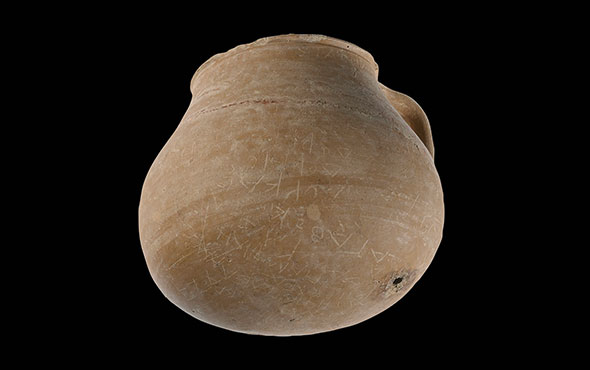TUCSON, ARIZONA—Science Magazine reports that dogs in Croatia and neighboring countries are thought to have doubled in size between 2,000 and 8,000 years ago, based upon a study led by zooarchaeologist Martin Welker of Arizona State Museum. Some 8,000 years ago, Neolithic farmers from Anatolia and the Middle East brought dogs weighing about 33 pounds with them to central and southeastern Europe. Analysis of the isotopes in the teeth of Neolithic sheep in the region shows that they were taken high into the mountains to graze, where they would have need to be protected from wolves and bears, Welker explained. By about 6,000 years ago, the average dog in Central Europe weighed about 37 pounds. By the Roman period, the average dog weighed more than 50 pounds. Roman records indicate that some dogs used for herding or as guard dogs reached 70 pounds or more. Depictions in murals, however, show that the Romans also bred smaller lapdogs. To read about a DNA study of New World dogs, go to "The American Canine Family Tree."
Researchers Track Changes in Size of Europe’s Dogs
News June 1, 2022
Recommended Articles
Artifacts January/February 2020
Bronze and Iron Age Drinking Vessels

Digs & Discoveries September/October 2017
Fast Food
Features January/February 2017
Fire in the Fens
A short-lived settlement provides an unparalleled view of Bronze Age life in eastern England

Digs & Discoveries March/April 2016
Minding the Beeswax

-
Features May/June 2022
Secrets of Scotland's Viking Age Hoard
A massive cache of Viking silver and Anglo-Saxon heirlooms reveals the complex political landscape of ninth-century Britain
 (National Museums Scotland)
(National Museums Scotland) -
Letter from the Bay Area May/June 2022
California's Coastal Homelands
How Native Americans defied Spanish missionaries and preserved their way of life

-
Artifacts May/June 2022
Greek Curse Pot
 (Craig Mauzy/Athenian Agora Excavations)
(Craig Mauzy/Athenian Agora Excavations) -
Digs & Discoveries May/June 2022
Cradle of the Graves
 (Vita/Alamy Stock Photo)
(Vita/Alamy Stock Photo)



